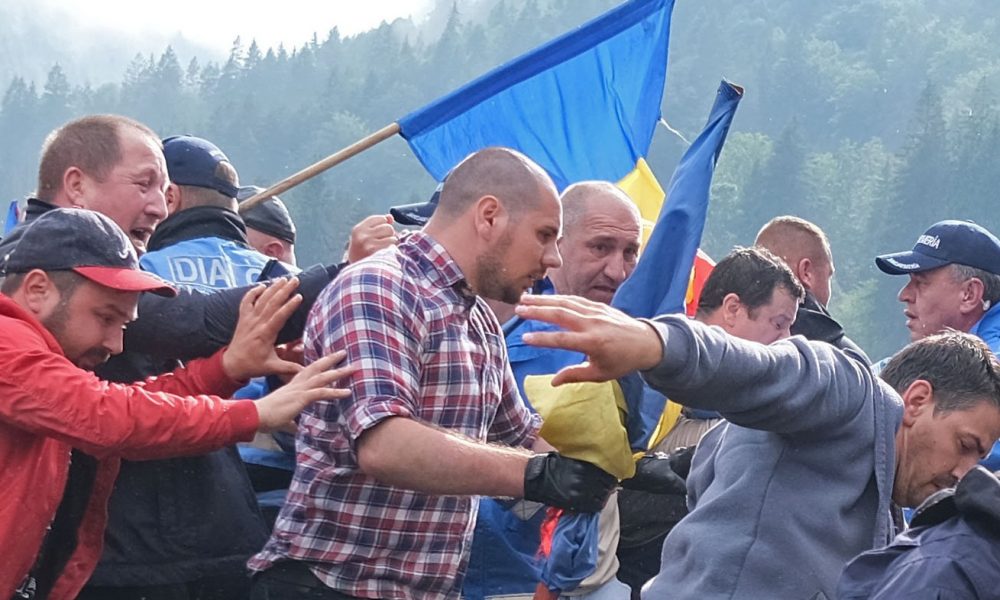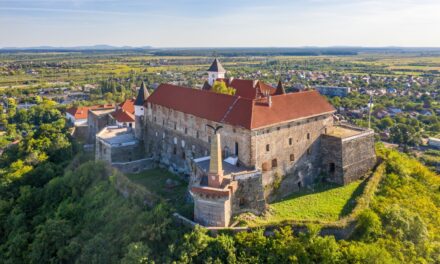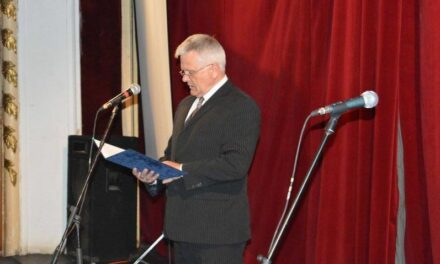Pursuant to Thursday's judgment of the Moinesti Court, the ownership right of the city of Darmanesti over the Úzvölgy cemetery must be deleted from the land register.
The summary of the judgment was published on the portal of Romanian courts.
The decision of the Moinesti Court is not final, an appeal can be filed against it within 30 days from the official delivery. The verdict was handed down after the Bákó Board of Appeals annulled the March 2019 decision of the municipal board of the city of Darmanesti, declaring the Úzvölgy military cemetery to be public property of the city. The city subsequently registered the cemetery's 7,979 square meter area in its own name.
Imre Mikó Legal Advocacy Service intervened in the lawsuit on the side of the plaintiff Csíkszentmárton municipality. Júlia Kis, the lawyer of the local government and the legal protection service, told MTI: court decisions can never be enveloped, but after the court had already legally canceled the local government decision that served as the basis for the entry in the land register, they expected the verdict. He also added that the reasoned, official announcement of the February verdict, in which the Bákó County Court invalidated the construction permit issued for the cemetery's conversion, is expected in the coming days. If there is no appeal against the verdict, the decision must be enforced and the illegally placed crosses must be removed from the cemetery.
In March 2019, the municipality of Darmanesti declared the Úzvölgy military cemetery as its own public property, and in April arbitrarily created a Romanian plot in the cemetery of the depopulated Úzvölgye settlement on the border of Hargita and Bákó counties.
Previously, the cemetery was cared for by the village of Csíkszentmárton in Székelyföld, and the Hungarian community considered it a Hungarian military cemetery. On June 6, 2019, thousands of Romanian commemorators forced their way into the cemetery to take part in the Romanian Orthodox dedication of the Romanian plot and monument, after Szeklers tried to prevent it with a live chain.
A week after the violent acts, the competent Romanian authority clarified that the 149 Romanian soldiers whose names were read out were not buried in the Úzvölgy military cemetery, whose names were also part of the ceremony after the violent occupation of the cemetery. The nationalist cemetery occupiers - several of whom were elected parliamentarians and senators in the colors of the Association for the Unification of Romanians (AUR) - have since organized several wreath-layings in the cemetery for those Romanian soldiers who, according to the official Romanian position, are not even buried there.
MTI
Photo: PestiSrácok












